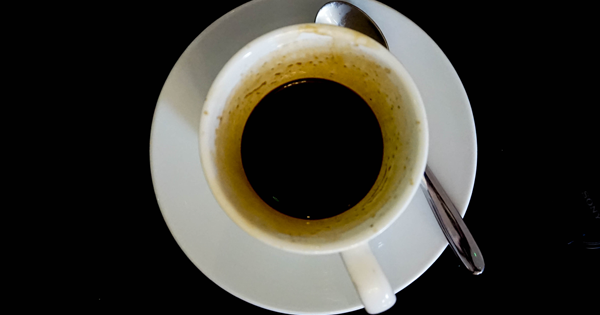You don’t generally think of your coffeemaker as a cesspool for germs. Or at least, not more than anything else.
But in a recent investigation by CBS news, five out of the ten coffeemakers investigated contained E. coli and Streptococcus.
However, it may not be that big of a problem. Charles gerba, PhD, a professor of microbiology, told Prevention that most drip and single-serve coffeemakers tend to be pretty clean. The caffeine is often enough to kill them.
But this doesn’t mean that your coffeemaker can’t benefit from a wash. Coffeepot handles are huge culprits for viruses, and leaving your coffee grounds in the machine makes them a magnet for mold.
Of course, the solution to this is one that you already know but may be too lazy to do—clean your coffeemaker regularly. ##MN_RESP##
This means cleaning all of its removable innards, no matter what kind of coffeemaker you have. One tip to keep bacteria at bay? Use paper towels, not sponges. Sponges are great hosts for the kind of bacteria found in coffeemakers, so if your coffeemaker didn’t already have it, you may be helping it get dirtier.
And this should go without saying, but we’re going to say it anyway—throw out your grounds immediately after you brew your coffee. This will prevent mold buildup and a nastier cleanup later, and it’s the easiest part of the cleanup.
The hardest part is to clean the internal parts at least once a week. Vinegar is an especially effective cleaner. This will not only ensure that you don’t get any nasty bacteria or coffee handle viruses, but your coffee will also taste better. Residue from old coffee grounds is often what makes coffee so bitter.
What’s your preferred method of coffeemaking? Do you clean your coffeemaker regularly?
Photo Copyright © 2015 William Murphy/Flickr





